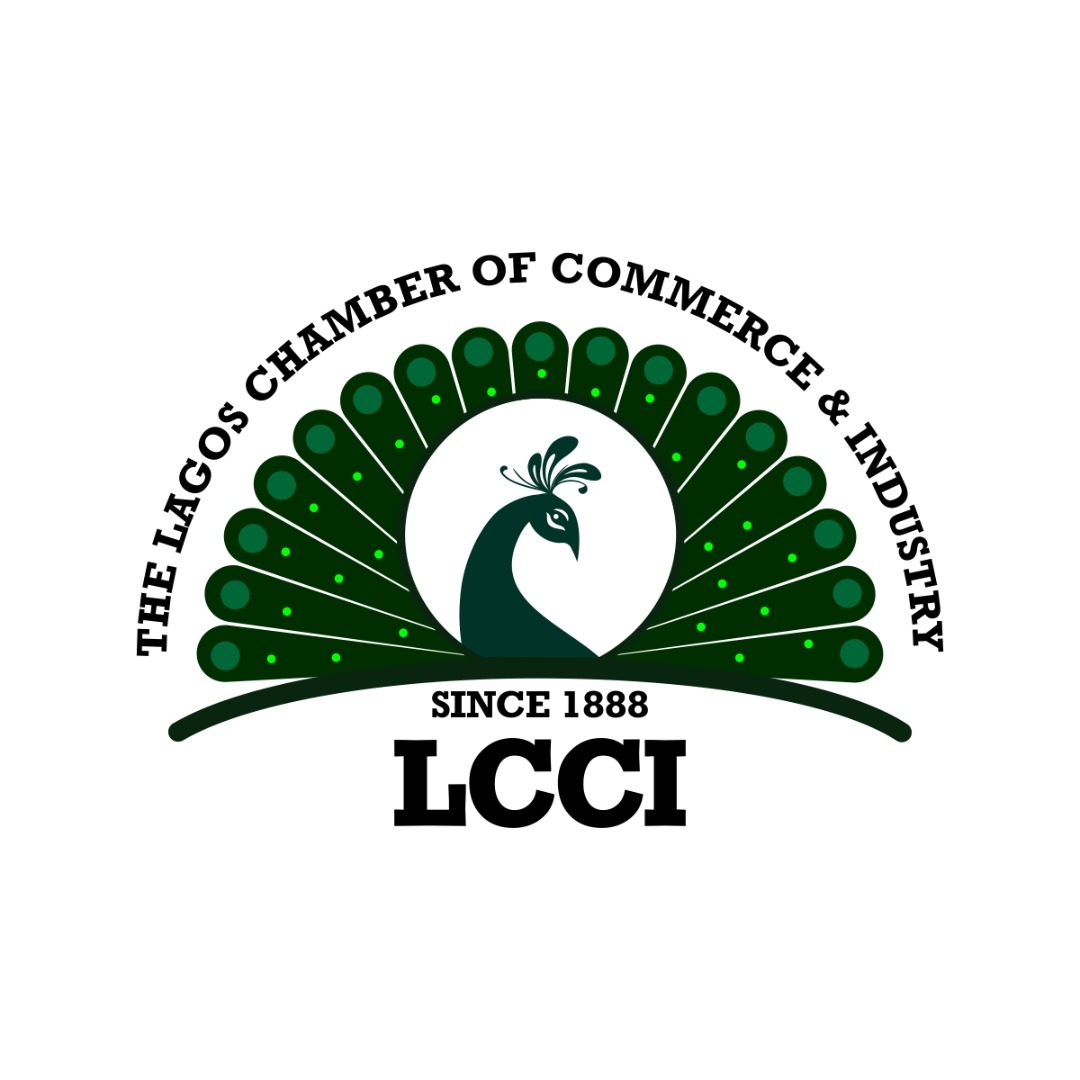By Zion Rufus
The intriguing interplay between consumer behavior and business evolution is a fascinating phenomenon. Companies find themselves in a constant cycle of refining their value propositions to cater to the dynamic needs of consumers, regardless of time, place, or market.
Across various industries, brands have come to realize that chasing after customers is a necessity in response to shifts in consumer trends, behaviors, preferences, interests, and purchasing power.
A recent illustration of this can be seen in the significant surge of users from Twitter to Meta’s Threads App, where the app recorded over 100 million users, prompting advertisers to reconsider their strategies and adapt to the new consumer preference.
To shed more light on whether brands should continuously follow their customers and how sustainable it is for them to keep up with the ever-changing consumer preferences while managing expenses, following the second IMC Quarterly Virtual Summit of the year 2023, which explored “Changes in Consumer Behavior: Delivering Better Customer Experience Amid Pressure to Deliver ROI,” Marketing Edge conducted exclusive interviews with industry professionals to gather valuable insights on the subject matter.
Stanislaus Martins, President, Association of Digital Marketing Professionals (ADMARP), Regional Director Meta for Africa, Ad Dynamo by Aleph highlighted that successful marketing is about capturing consumer interest in offerings.
“Marketing at the end of the day is all about how to attract these consumers and get them interested in your offerings,” he said, noting that If preferences and habits change, advertisers must shift their strategies accordingly.
“If you know for a fact that I am spending all my time on social media channels like Instagram and Twitter on my phone – why would you spend 60% of your budget on TV trying to reach me knowing fully well that I am not there? Yes, advertisers need to continuously adapt and shift with evolving consumer preferences. Consumer preferences and behaviors are dynamic, influenced by various factors such as culture, technology advancements, economic conditions, and social trends,” Martins added.
He further pointed out that staying agile and adjusting approaches to accommodate evolving consumer preferences, influenced by factors such as culture, technology advancements, economic conditions, and social trends, is essential to effectively reach and engage the target audience.
Sharing her viewpoint, Temitayo Ige, Global Brand Communications Lead at Beiersdorf concurred that advertisers must follow their customers’ lead, as communication platforms have consistently evolved based on consumer demands and choices.
On his part, Oti Ukubeyinje, past ADMARP President and Solutions Manager at Meta, introduced the concept of brands shaping culture and consumer behavior, citing Apple and Indomie as valid examples, he explained that most brands need to respond to culture shifts and consumer preferences as value propositions based on consumer behavior insights becomes crucial in this scenario.
“Other than that, in most cases, we’re following consumers. So today, you find that a lot of banks have decided to sort of deploy an agency banking model because they found out that’s the way that consumers are able to interact and adopt banking as of now, because of technology adoption, because of communications in remote areas, and so on and so forth. But as these things change, you adapt your value proposition according to what the consumer behavior reveals, if you’re not able to shape it yourself,” Ukubeyinje said.
Rukevwe Toka, Category Development Manager at Nestle stressed the significance of being proactive in anticipating and preparing for future consumer shifts. Understanding factors driving consumer behavior, like demographics and social trends, and keeping an eye on emerging developments is crucial for staying ahead of competitors.
For Toka, “The consumer is king, and the brand exists only to serve the consumer”.
Therefore, brands and advertisers must not only shift with the consumer, but they must also take a proactive approach to anticipate and prepare for the next consumer shift. This means understanding the factors that drive consumer behavior, such as demographics, psychographics, and social trends. It also means being constantly on the lookout for new trends and developments that could impact consumer behavior.
According to Helen Akue, a Business Analyst, the ability for companies to adapt is essential in meeting the needs and expectations of consumers in our ever-changing landscape of consumer preferences.
“As advertisers, we must be willing to shift and adapt to stay relevant and effectively connect with their target audience,” she said, adding that being flexible and responsive allows advertisers to align strategies with evolving trends and achieve better advertising outcomes.
Nelson Oshodi, VP Growth and Membership at ADMARP underscored the importance of adapting to ever-changing consumer preferences to effectively connect and engage with the target audience. Being agile and responsive ensures brands remain relevant and successful in the dynamic marketplace.
Aizehi Itua, Founder of Aimone Creative Agency emphasized the centrality of consumers in the advertising landscape, necessitating awareness of their changing preferences.
While constant strategy shifts may not be necessary, monitoring and adapting to changes in consumer behavior is critical. Anticipating and responding to changing preferences offer a competitive edge, and brands that can influence culture and shape trends can gain an advantage, as seen with market leaders like Apple and Samsung.
The symbiotic relationship between consumer behavior and brand evolution drives the marketing landscape forward. Advertisers must remain attuned to the ever-changing preferences of their target audience and adapt their strategies accordingly.
By staying agile and proactive, brands can achieve commercial success and long-term profitability, ensuring they remain at the forefront of an ever-evolving consumer-driven market.







Comment
No comments found.